About Croatia
Croatia is a land of contrasts. Simultaneously, it's a glorious hotspot for prominent sailors, island hopping, parties until the early hours, and luxurious villas with pools or holiday homes for rent at Villsy. It's also a historical time capsule with pristine Roman ruins and spectacular national parks. Dreamy beaches and hidden coves, picturesque towns, and breathtaking landscapes - the country offers everything one could wish for the ultimate summer vacation.
Main Reasons to Visit Croatia
One of the reasons why so many guests visit the country is likely because everything in this land is easily accessible. As the country is relatively small, some of the largest cities like Split, Hvar, Dubrovnik, and Pula are only two and a half (or less!) hours away, making travel as uncomplicated as possible.
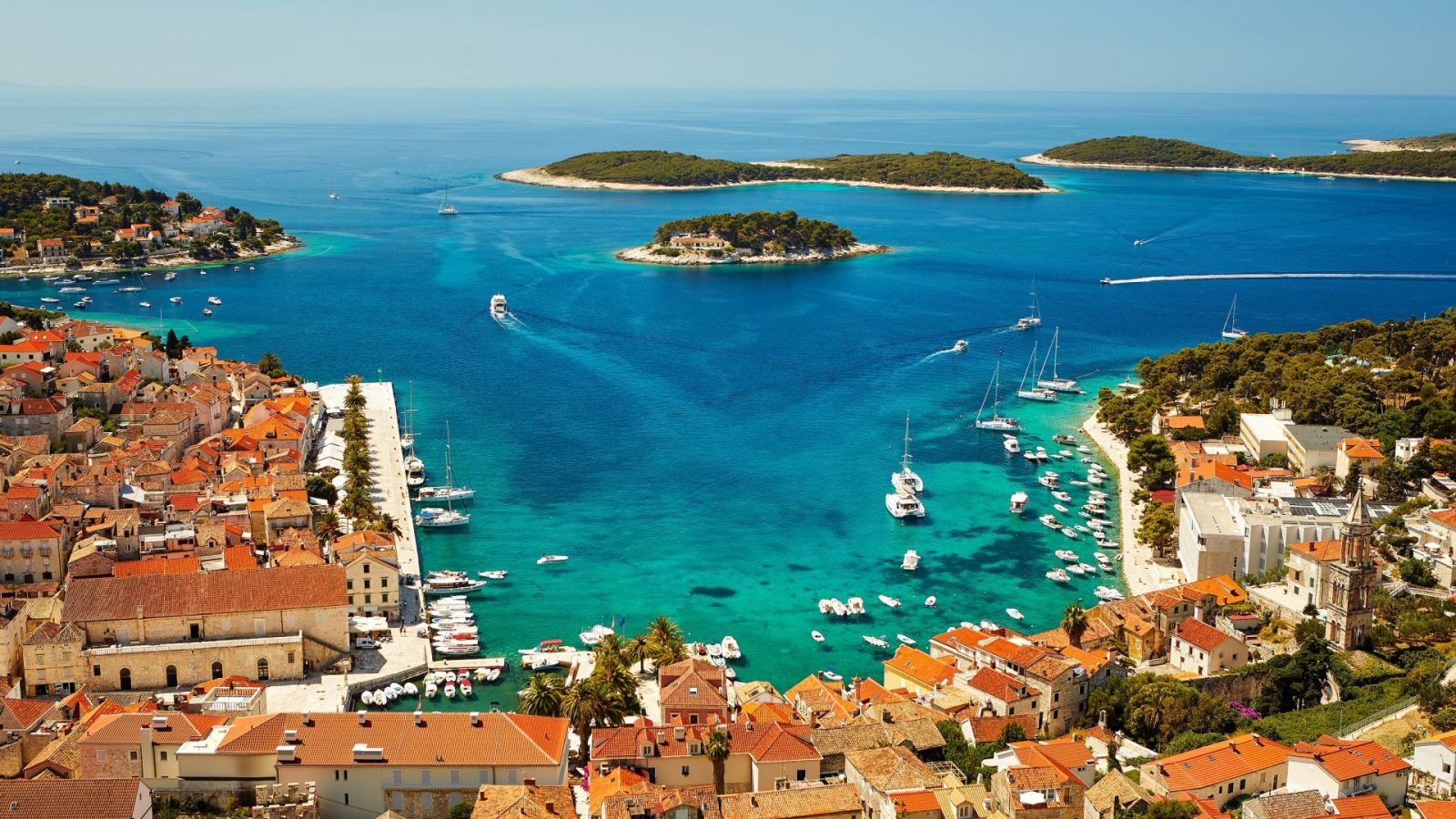
The country is famous for its picturesque pebble beaches washed by crystal clear waters, representing a true paradise on Earth. Fans of the series 'Game of Thrones' need no convincing. With the Game of Thrones tour, you can visit some of the series' most important locations. The country has quickly become a staple for festival-goers, hosting a number of world-class festivals such as Ultra Europe and Hideout.
This Balkan country boasts eight national parks, giving you a wide range of options for outdoor adventures. Along the Dalmatian coast, there is usually a hot, dry summer and a slightly humid, windy winter. The climate is perfect for carefree summer days, and the crystal-clear sea and stunning beaches make the country even more attractive for a perfect vacation.
Plan Your Trip to Croatia
If you're wondering where numerous guests travel or where they can vacation in the country, the answer depends on what kind of experience you're seeking. Travel to the coast if you're looking for sunny beaches, rugged cliffs, and fresh seafood. Visit the cities in the eastern and northern parts of the country if you're looking for inexpensive, traditional street markets, grand theaters, interesting museums, and intricate, impressive architecture.
Croatia is a relatively small country, so it's easy to see everything. The best way to travel to this country is to be completely open-minded, and the country will surely unfold its magic!
When is the Best Time to Visit?
The best time to visit Croatia depends on your interests, preferences, and travel destinations. The summer season from June to August offers warm weather and vibrant nightlife, making it an excellent choice for beach lovers and partygoers. The shoulder seasons from April to May and September to October offer fewer crowds and lower prices, making it ideal for those looking to explore the country's historic sights.
The country offers breathtaking natural beauty, a rich history, delicious food, and warm hospitality regardless of the season. Whether you come during the peak season or the quieter off-season, guests can always see and do something in this country.
Travel Documents and Visas
Croatia joined the EU in 2013 and became part of the Schengen Area in January 2023, where there is free movement. This means that visitors from many parts of Europe have little bureaucracy to deal with. EU citizens do not need a visa for stays of any length and don't even need a passport if they have an ID card.
Many other nations also do not require a visa, although visitors from these countries can only stay for a maximum of 90 days. Guests who do not come from a visa-exempt country must apply for a Schengen visa at a Croatian consulate or embassy before traveling.
Health and Safety Precautions
The country is generally considered a safe travel destination. It boasts a low crime rate and a welcoming atmosphere for tourists. However, like many other travel destinations, there are also minor thefts, especially in major tourist areas. Although this is not a widespread problem, caution should be exercised.
The country's diverse landscapes bring different weather conditions and potential natural hazards. When planning your trip, be sure to consider the weather conditions that could affect your travel, such as extreme heat, wildfires, floods, and earthquakes, although these are rare.
Nevertheless, it's good to have emergency contacts ready: save local emergency numbers like 112 in your phone, keep the number of your country's embassy or consulate handy, and have photocopies of your passport and important documents ready.
Food and Drink
Given its geographical location between two culinary cultures - the cuisines of the Mediterranean and Southeastern Europe, it's no wonder that Croatian cuisine is so diverse and distinctive. The cuisine has influences from many neighboring countries, with a strong influence of Mediterranean and Balkan flavors.
What Foods Must You Absolutely Try?
Exploring the diversity of tastes and flavors of the country is simply a reason to visit this Balkan country itself. Each region offers its own specialties. Pašticada is a delicious Dalmatian specialty, usually prepared according to a family recipe. A nice piece of beef is marinated with slices of garlic, olives, and carrots in wine.
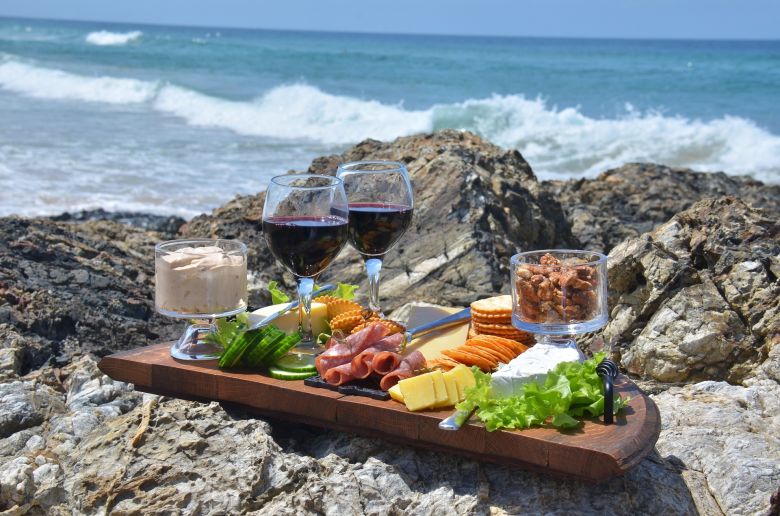
On the coast, you will be spoiled with all kinds of seafood. Fish is either grilled, baked, or boiled, and fish dishes are always served with Swiss chard with salted potatoes and garlic. Black risotto is a rice dish colored with squid ink. The result is a unique, buttery, and delicious taste of a dish with pieces of cuttlefish.
Main meat dishes usually consist of grilled or fried Kotlet, usually made of pork or veal. Lamb is usually roasted on a spit. In many regions, you often see roadside restaurants where a whole lamb is roasted over an open fire. Lamb can also be prepared under a Peka - a metal lid covered with hot coals.
Traditional Drinks
The most famous national drink, Rakija, is also drunk in other Balkan countries, but the Croatian way is to drink a herbal Rakija Travarica at the beginning of a meal. With an alcohol content of up to 40%, it is the country's most popular drink
Up to 700 wines are produced in this country today. Some of the most famous wines include the red 'Plavac Mali', the Istrian wine 'Malvazija', and the Slavonian 'Graševina'. Prošek is a sweet dessert wine that is especially popular in Dalmatia.

Ožujsko is the most popular beer here. It has a golden color, is refreshing, and has a fine bitter taste. The most famous Croatian lager beers are Karlovačko, Ožujsko, Pan, and the dark beer Tomislav.
Historical and Cultural Highlights
Settled by the Greeks and Romans and later defended against the Ottomans and Venetians, the country, from Istria to Dalmatia, but also other regions, shows more than 2000 years of history.
The Arena of Pula is the most famous and important landmark of the northern part of the Adriatic coast. It is located outside the historic center of Pula and is at the top of the list of 'must-see' attractions. The Arena was once the venue for gladiator fights in Roman times and knight tournaments in the Middle Ages. Today's restored Arena is mainly used for operas, festivals, and concerts.
The most accessible and most visited historical ruin in the country is Diocletian's Palace in Split. Zadar, the most important city in northern Dalmatia, was a Roman colony for 500 years. The Romans built city walls, an amphitheater, and streets in straight lines, with a main square in their center: the Forum. What remains are the outlines of the Forum, the St. Donatus Church, and a series of remnants extending towards the Adriatic.
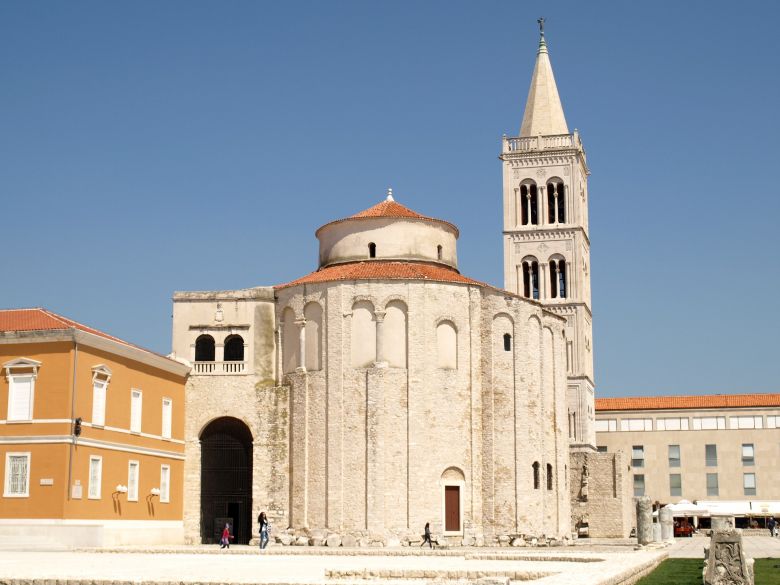
The most popular historical site is the Old Town of Dubrovnik and its protective city walls. Dubrovnik and its city walls are one of the most popular tourist attractions in this part of the country. Recently, Dubrovnik has also become popular because the famous epic HBO fantasy series Game of Thrones was filmed here. The view of the red roofs of the Old Town, the bell towers, and the view of the sea, etc., will compel you to make many stops to take the perfect photo.
The Best Regions to Visit
Croatia consists of five different regions: Slavonia, Central Croatia, Istria, Kvarner, and Dalmatia. Each region offers its own cuisine, entertainment, drinks, adventures, and experiences. Geographically, the regions can be divided between coastal and inland regions.
Istria
Few regions in the country carry their history as vividly as Istria. If you like cobblestone streets, old stone houses, medieval churches, art galleries, and wine bars, the Istrian villages and towns of Grožnjan, Završje, and Motovun will take your breath away.
If you're a fan of historical heritage, you must visit the Euphrasian Basilica in Poreč, which is on the UNESCO World Heritage List, the magnificent Amphitheater in Pula, and numerous other sights that bring the rich history to life.
Aside from history, Istria is especially known for its excellent cuisine. The region is known as Croatia's pantry. Day trips into the inland of Istria lead to wineries, orchards, and truffle forests known for their excellent products. From Pula or Rovinj, your tour will take you through olive groves and wine tastings in the best vineyards.
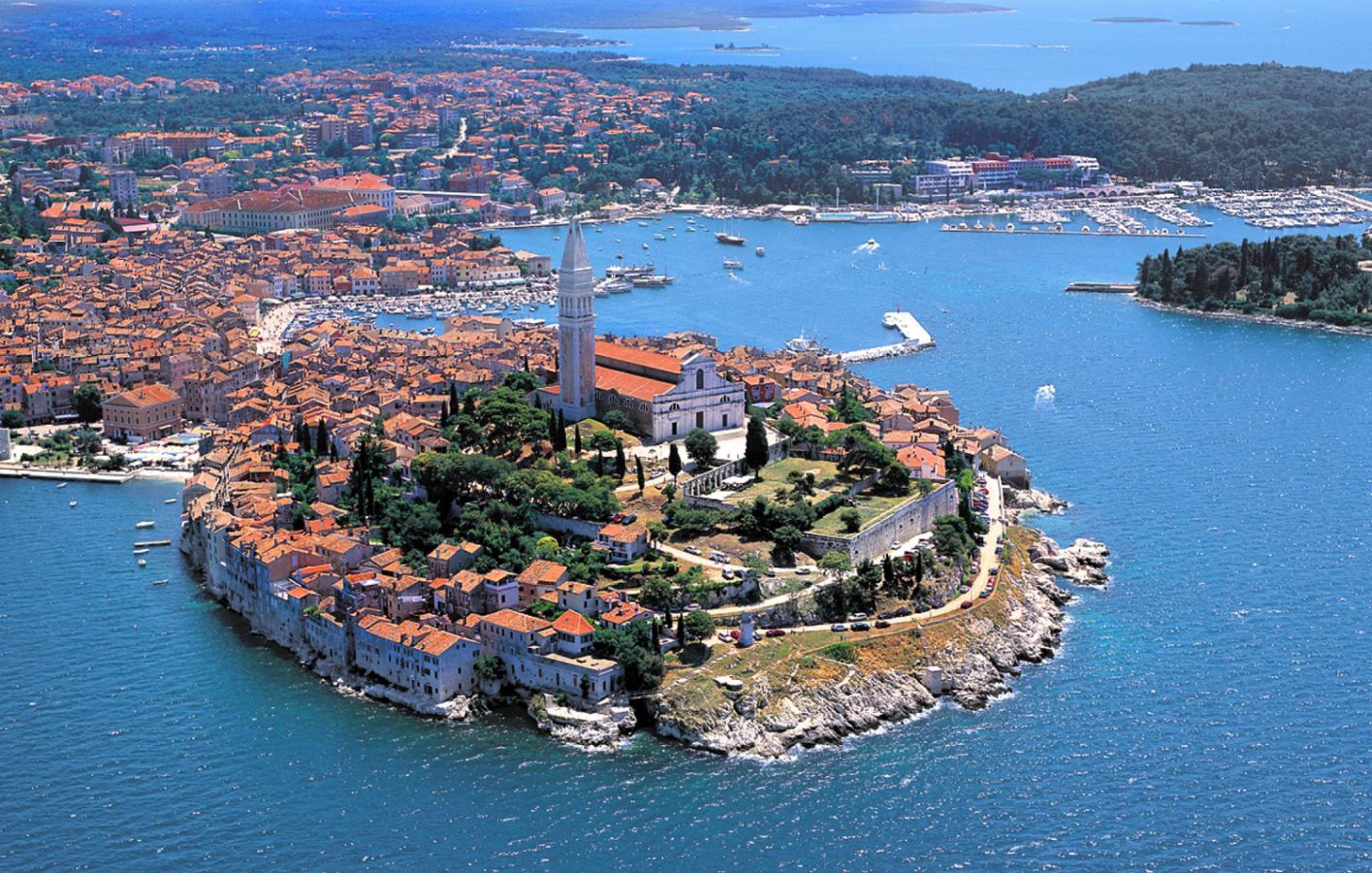
Dalmatia
Dalmatia is a region stretching from the island of Pag in the north to Konavle in the south. With its beautiful beaches, picturesque towns, and many islands, Dalmatia becomes an unforgettable summer memory for every tourist visiting in the warm season. Due to its geographical location, Dalmatia is surrounded by numerous islands and islets, including Hvar, Korčula, and Brač.
The bustling port city of Split is known for its ancient center, beautiful architecture, and exquisite cuisine. It is dotted with impressive Roman monuments, among which the Diocletian's Palace stands out. Dubrovnik is considered the most picturesque city on the Dalmatian coast. 'The Pearl of the Adriatic' is a UNESCO World Heritage Site surrounded by magnificent fortress walls and forts. There are many other attractions in Dalmatia that you can discover effortlessly on your trip.
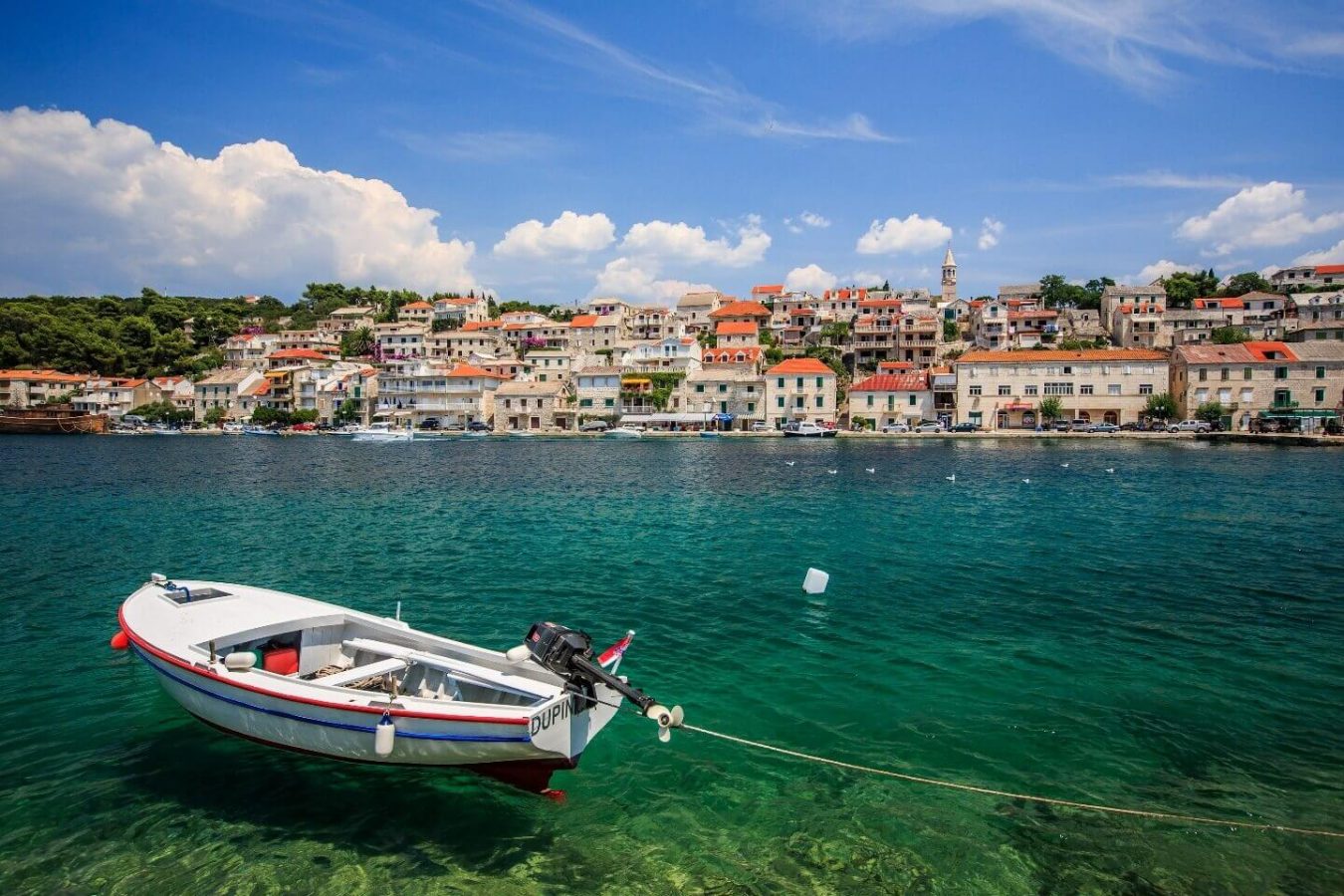
Family Vacation in Croatia
With Mediterranean beaches aplenty, a charming mix of cultural sights, family-friendly adventure parks like Istralandia and Fun Park Biograd, and plenty of playgrounds, this country is an ideal destination for those traveling with babies, children, and teenagers. The incredibly beautiful beach destinations are some of the best places for a family vacation.
Don't think you have to limit your family vacation to the coast, as for example, the Plitvice Lakes National Park is incredibly beautiful and should definitely be on your itinerary. This national park is one of the best places to visit with children in the country. There are many other family-friendly places; moreover, the entire country is a large playground for your kids. Just be careful: they might not want to go home.
Why Renting Luxury Villas in Croatia is a Good Option?
This European country is ideally located on the Mediterranean and offers much to see and experience. So, is there a better way to explore the country than by renting a luxury villa with a pool to return to after a long, fulfilling day?
The first advantage of renting luxury villas is the ability to get away from crowded tourist areas, as villas offer an intimate environment away from the crowds. Additionally, these spacious holiday homes offer the ultimate privacy, as well as amenities such as pools. They are located in quiet locations and are a perfect refuge where you can enjoy the peace of the surrounding nature. One of the greatest advantages of luxury villas lies in the breathtaking landscapes, making it a perfect destination for those who appreciate natural beauty.
FAQ
Where is the best place to book a villa in Istria or Dalmatia?
One of the best sites to rent a luxury villa with a pool or holiday home is definitely Villsy. This site is a place where you can find the most luxurious villas in Istria, Kvarner, and Dalmatia, and that even in almost every city in the country you can imagine. So treat yourself to some luxury, privacy, and wonderful views.
What is the average price for renting a villa in Istria or Dalmatia?
The prices of villas with pools or holiday homes depend heavily on the location of the house, the number of guests, the time of year you are renting, the amenities, and various other factors. During the peak season, you can expect prices between 320 and 500€ per day for a villa with three or four bedrooms and a pool.
How much budget do I need for a 7-day vacation in Croatia?
If you are a budget-conscious guest, you can expect to spend about 50 to 70 euros per day, including accommodation (villa or holiday home), meals, transportation, and some activities. For a middle-class traveler, daily expenses can rise up to 130 euros per day depending on preferences. It's always a good idea to plan ahead and research activities and costs to create a budget that works for you.